Good Enough Is Getting Expensive: The Real Costs of Subpar Camp Systems
Executives don’t just buy software. You buy outcomes: safe programs, steady enrollment, a trusted brand, and teams that stick around. “Good enough” tools can look frugal on paper, yet cost more in overtime, rework, risk, and missed opportunities. Below are the hidden costs we see most often, plus practical steps to address them now.
1) Staff time that disappears into manual work
Fragmented systems push routine tasks onto people. Health staff retype information from paper forms. Coordinators chase families for missing details. Finance teams reconcile by hand. The bill shows up as overtime, stress, and turnover.
What to do now
- Audit the last season’s workload. Add up hours spent on re-entry, form chasing, and manual reconciliation. Put a dollar figure next to it.
- Set a simple rule for the future: one system of record for health data, clear import or sync from registration, and owners for each step.
- Measure next season’s hours against this baseline. Treat time saved like budget earned back.
2) Parent trust that erodes quietly
Families judge your program long before opening day. Confusing registration, unclear fee disclosures, or last-minute health form scrambles make people wonder what happens when safety is on the line. Even small friction compounds across word of mouth and renewals.
What to do now
- Walk your own registration flow on a phone. If a director can’t glide through it, parents won’t either.
- Require clear fee presentation, flexible payment options, and a confirmation email that states exactly what is still needed.
- Use automated reminders for forms with a visible status so parents know when they are truly ready.
3) Compliance exposure that doesn’t show up until it does
Systems not aligned with SOC 2, HIPAA, or FERPA create gaps. Shared logins, missing audit trails, and broad access all increase risk. After an incident, the costs are legal, operational, and reputational.
What to do now
- Ask vendors for documentation on SOC 2, HIPAA, and FERPA alignment. Request their most recent reports and policies.
- Enforce unique logins and multi-factor authentication for anyone who touches health or financial data.
- Review audit logs monthly. You should be able to see who changed what, and when.
4) Reporting that hides money on the table
Rigid or inaccurate reports make it hard to see where you are overstaffed, underfilled, or mispriced. Leadership loses visibility, and decisions rely on hunches rather than numbers.
What to do now
- Define the few reports you actually use: enrollment by program and date, discounts and adjustments, revenue by GL code, health readiness status.
- Test each report with last season’s data. If it requires multiple exports and spreadsheets, the system is slowing you down.
- Set a standard reporting calendar for leaders and the board so the data drives action.
5) Outages that stall care and check-in
Camps do not have perfect connectivity. When internet access fails, staff still need allergy flags, medication schedules, and pickup lists. If those details vanish, lines grow and response time slows.
What to do now
- Create an offline packet for each session: secure rosters with health summaries and pickup authorizations.
- Assign one owner to refresh these files before sessions start.
- Run a short check-in drill so the team knows the fallback plan.
6) Contracts that look cheap but shift risk back to you
Some agreements keep subscription costs low while pushing liability to the camp. Breach response, data ownership, and retention policies matter as much as features.
What to do now
- Ask for plain-language answers to three questions: who owns the data, how long is it retained, and what happens if there is a breach.
- Involve legal and IT early. Municipal purchasing often requires deeper review, and delays are expensive when they appear late in the cycle.
- Compare the total cost of ownership, not just the price. Include staff hours, workarounds, and potential exposure.
7) Culture costs that are hard to see and easy to feel
When tools fight the work, people disengage. Season after season, that shows up as burnout, more hiring, and lost institutional knowledge. Replacing staff is far more expensive than equipping them.
What to do now
- Survey teams after the season. Ask what slowed them down and what they never used.
- Fix the top three issues before spring. Publish the changes so staff see the investment you are making in their day-to-day work.
A focused action plan for the next two weeks
Week 1
- Calculate last season’s manual hours and common rework.
- Confirm vendor alignment on SOC 2, HIPAA, FERPA, MFA, and audit logs.
- Map a clean flow from registration to health records to check-in, with owners.
Week 2
- Build the offline packet and run a 20-minute check-in drill.
- Lock down role-based access and remove unused admin accounts.
- Finalize a small set of executive reports and a cadence to review them.
The bottom line
Software does not just process forms. It shapes family trust, staff retention, risk, and revenue. The cheapest option can become the costliest once you account for the workarounds and exposure it creates. Choosing systems built for camps protects more than your budget. It protects your brand.
If you want a deeper checklist for executives, download the CampDoc Buyer’s Guide. If you would rather talk it through, we can map these steps to your programs and timelines.
- 👉 Download the full decision guide.
- 👉 Prefer a walk-through? Talk with our team.



